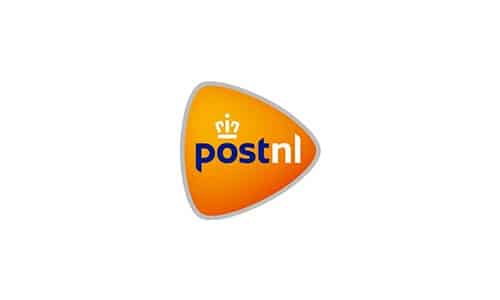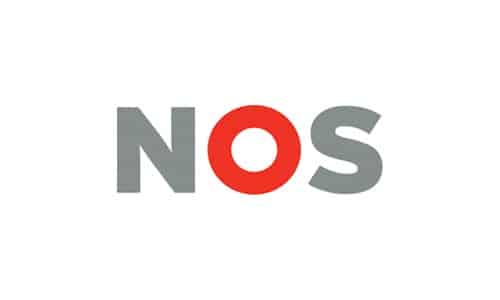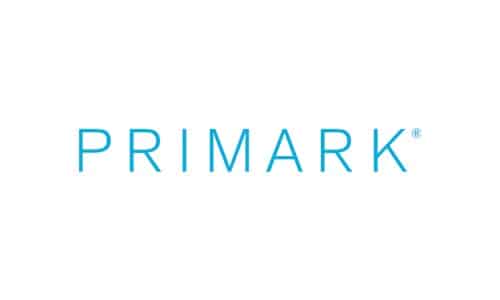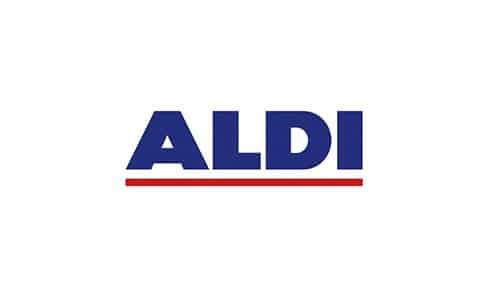Cellular IoT: Benefits, Challenges and Use Cases
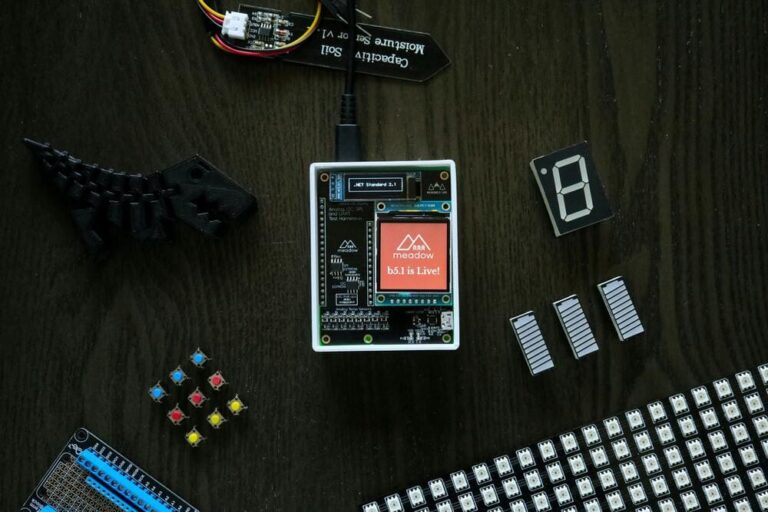
In this article we will describe what is cellular IoT and provide a link to the best cellular IoT plans in 2023. Discover more about the role of cellular IoT and how it differs from regular mobile networks. Learn more about the benefits and challenges, and find out what are some of the real and practical customer use-cases.
What is cellular IoT?
So, what exactly is cellular IoT and how can it help your business to reduce costs and improve efficiency? Cellular IoT allows a wide variety of machines and devices to communicate with each other, via a mobile data connection provided by cellular networks. These machines and devices are classified as IoT devices, which stands for Internet Of Things.
By connecting various machines and devices to the internet and interpreting that data, we can learn more about their quality status, location and maintenance requirements. The data collected from IoT devices can help businesses to achieve process optimization, time and costs savings.
The key role is reserved for the mobile “cellular” networks around the world, as their data connection help us monitor the IoT devices via special industry-grade mobile sim cards.
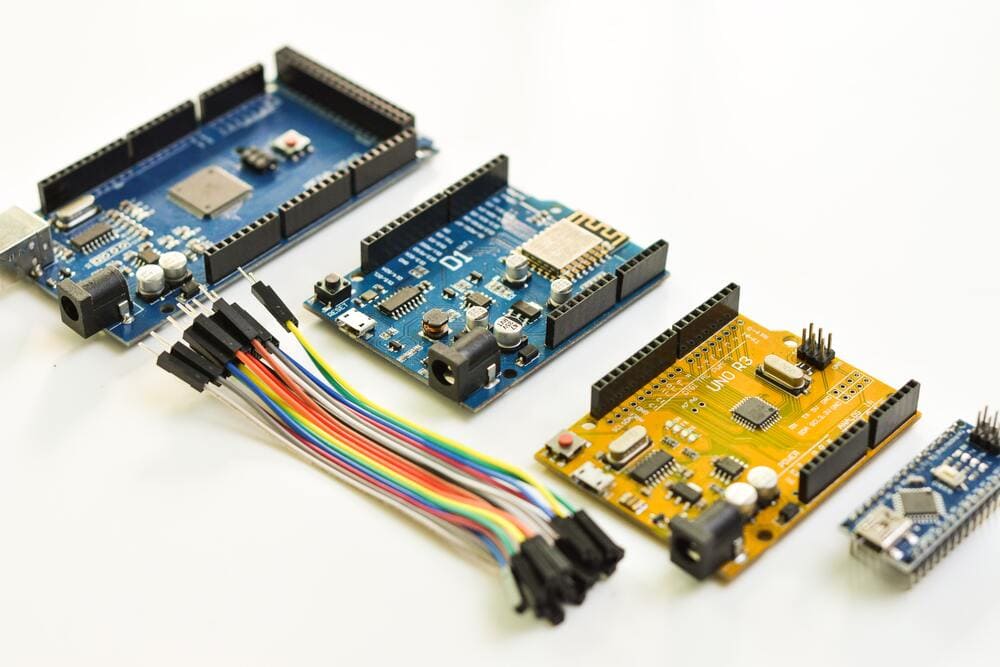
Why is cellular IoT different compared to mobile networks?
Did you know that your smartphone and IoT devices around the world communicate via the exact same cellular networks? IoT devices all use various mobile networks including 2G, 3G, 4G and even 5G networks. The difference between cellular networks and cellular IoT is in the technology that these IoT devices use.
The first IoT technology is Narrow Band IoT (NB-IoT), which is great for IoT devices that need to send tiny amounts of data incidentally. The main benefits of NB-IoT are energy efficiency and low power consumption. NB-IoT devices can operate longer with minimal maintenance. NB-IoT devices are able to bridge long distances and consume tiny amounts of data, which they transmit via secure VPN-connections.
If your IoT devices need to frequently transmit substantial amounts of data, then LTE-M is a more suitable. LTE (Long Term Evolution) uses a higher scalable bandwidth and often 4G mobile networks, while still offering energy efficiency.
What are real cellular IoT customer use-cases?
There are many stories on the internet about how IoT will be the next industrial revolution, but what are the actual cellular IoT customer use-cases? It can help your business achieve process optimization via useful big data insights and analytics. Use-cases include remote monitoring of devices, for example sensors and detectors in factories and office buildings.
Cellular IoT is also great for managing and tracking your fleet, whether these are cars, vessels or freight containers moving around the world. Connected sensors can help you monitor inventory and control quality of food and beverages. Cellular IoT devices can also provide insights when maintenance is required.
What are cellular IoT advantages and benefits?
The main advantages and benefits are undoubtedly cost savings, time reduction and overall improvement of efficiency. All data collected from cellular IoT devices can provide great insights for big data analytics purposes. The data can help detect certain areas where your global supply chain can be optimized further.
Cellular IoT devices can improve the health and safety of our lives, thanks to the sensor and monitoring functions it offers on smart devices and wearables.
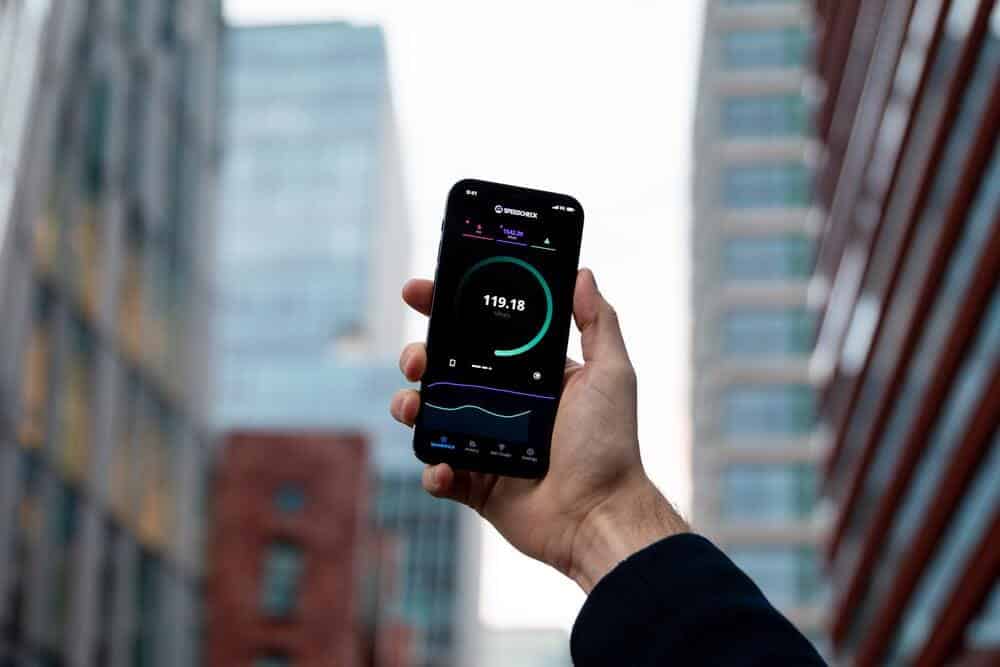
What are cellular IoT challenges?
Although there are many advantages, there are also challenges to the increased global adoption of cellular IoT. As our lives and especially all industrial devices are becoming ever more connected, the risk for security breaches and hacking increases exponentially every year.
Each IoT device must be monitored and receive on-time patches and software upgrades. The cellular IoT connection need to be secured and audited, so no sensitive data can be compromised by hackers.
Cellular IoT devices make our IT-networks more complex. They require a true specialist who can manage the IoT devices, provide security services and global connectivity to keep IoT-devices up and running. If these concerns for the devices are not respected, there is a risk of downtime and security threats. Then the devices will actually start hurting your business instead of helping it grow.
Best IoT cellular plans
For a successful cellular IoT management and connectivity strategy, it is essential to select a partner who can provide the best IoT management services and cellular plans around the world.
TNF Solutions is a global integrated MVNO reseller (Mobile Virtual Network Operator), specialized in connectivity for cellular IoT devices. Because of our extensive experience and global customer base across multiple industries, TNF Solutions can provide global coverage and competitive IoT cellular plans.
Contact the specialists from TNF Solutions today to learn more about our core competencies, MVNO private label solutions, and other IoT partner services. Find out why many customers in various segments and industries trust us, as their preferred partner for their global connectivity services.


